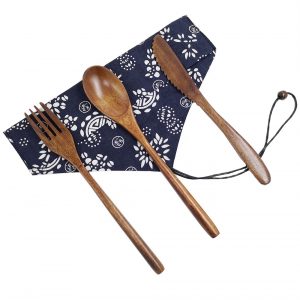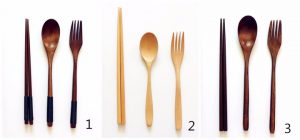Choosing the best knife can be a daunting task given the plethora of options available. The right knife for you depends on your needs, preferences, and intended use. Whether you’re an amateur cook, professional chef, outdoor enthusiast, or just looking for a versatile everyday tool, this ultimate guide will help you make an informed decision:
- Knife Types:
- Chef’s Knife: An all-purpose knife with a broad blade and curved edge. Ideal for chopping, slicing, dicing, and mincing.
- Paring Knife: Small with a short blade, perfect for delicate tasks like peeling, trimming, and intricate work.
- Santoku Knife: A Japanese-style knife similar to a chef’s knife but featuring a flat cutting edge and less pointy tip.
- Bread Knife: Serrated edge for slicing bread and delicate items without crushing them.
- Utility Knife: A mid-sized knife for general-purpose cutting tasks that require more precision than a chef’s knife.
- Boning Knife: Designed for removing meat from bones and trimming fat.
- Cleaver: Heavy, thick blade, suitable for cutting through bones and dense vegetables.
- Filleting Knife: Long, flexible blade, used for filleting fish.
- Steak Knife: Serrated edge for cutting cooked meats at the table.
- Blade Material:
- Stainless Steel: Resistant to rust and corrosion, easy to maintain, and suitable for general use.
- Carbon Steel: Holds a sharp edge well, but prone to rust if not properly cared for.
- High Carbon Stainless Steel: Combines the best properties of stainless steel and carbon steel, offering excellent sharpness and durability.
- Blade Edge:
- Plain Edge: Smooth, ideal for clean cuts and precision slicing.
- Serrated Edge: Features teeth-like serrations, suitable for cutting through items with tough exteriors and soft interiors.
- Handle Material:
- Wood: Classic and aesthetically pleasing, but requires more maintenance.
- Plastic: Easy to clean and lightweight.
- Composite: Durable, hygienic, and often textured for better grip.
- Metal: Stylish and durable, but may become slippery when wet.
- Handle Design:
- Look for a knife with a comfortable grip and ergonomic design that fits well in your hand.
- Knife Balance:
- A good knife should feel balanced in your hand, with the blade and handle evenly distributed.
- Tang:
- Full Tang: The blade extends through the handle, providing better balance and durability.
- Partial Tang: The blade extends partway into the handle, and it is usually less sturdy.
- Knife Maintenance:
- Consider the knife’s maintenance requirements and ensure you can commit to the necessary care.
- Regularly sharpen the knife using a honing steel or whetstone.
- Hand wash and dry the knife immediately after use to prevent rust and damage.
- Avoid cutting on hard surfaces like glass or stone to preserve the edge.
- Price:
- Invest in the best knife you can afford. Quality knives can be more expensive but are often worth the investment in the long run.
- Purpose:
- Choose a knife that suits your specific needs. If you mostly chop vegetables, a good chef’s knife might be the best choice. If you primarily work with meat, a boning knife or filleting knife may be more appropriate.
- Try Before You Buy:
- If possible, visit a store and hold the knife in your hand to see how it feels and if it’s comfortable for you.
- Brand Reputation:
- Research reputable knife brands known for their quality and craftsmanship.
- Warranty and Customer Support:
- Check the warranty and customer support provided by the manufacturer in case of any issues.
Remember, the “best” knife is subjective and depends on your individual preferences and needs. Ultimately, a good knife is one that feels comfortable in your hand, suits your intended purpose, and is well-maintained to serve you effectively for years to come.







